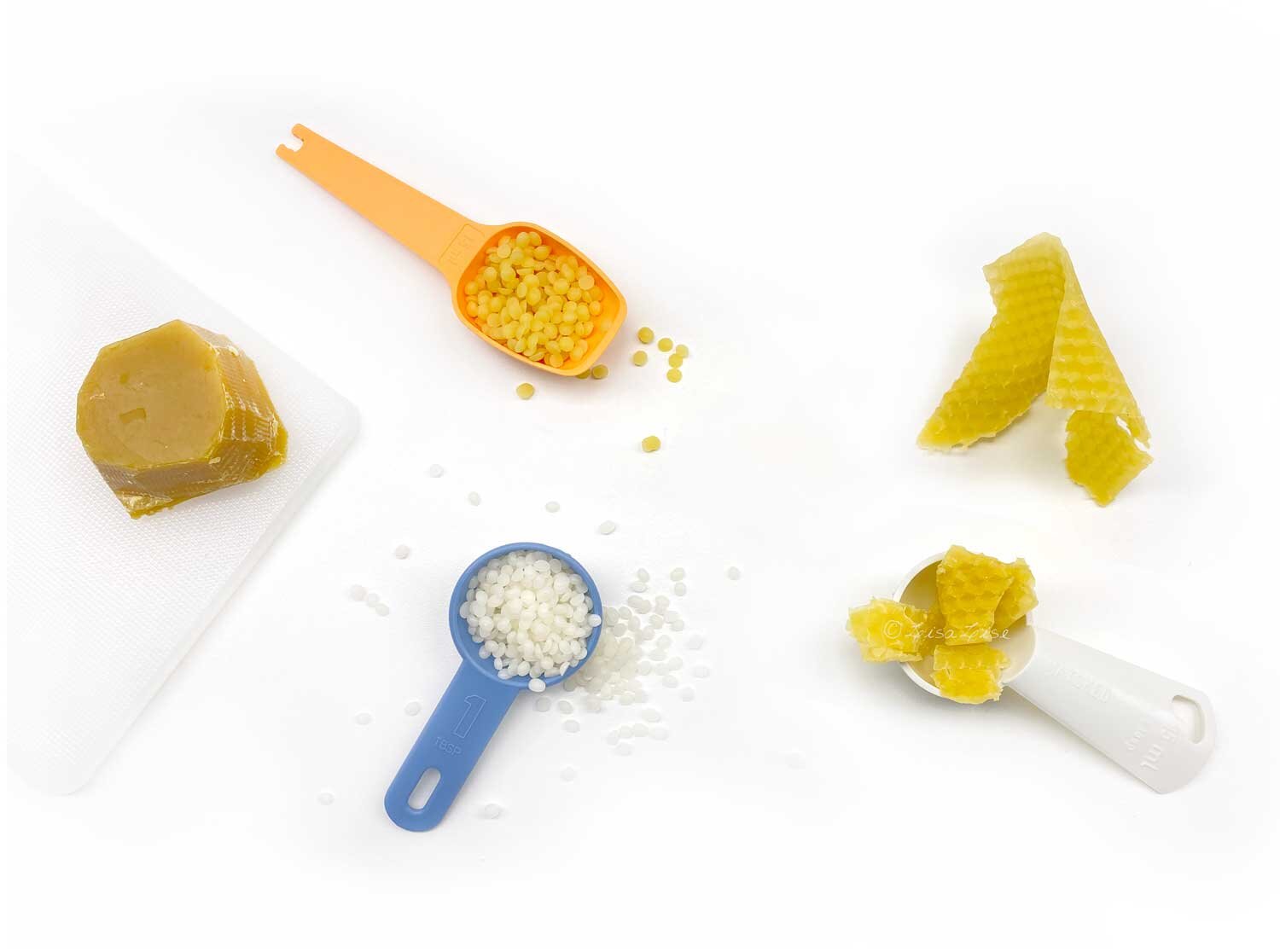How to Make Facial Cleansing Dough
Lise
These funny looking little lumps may look a bit like cookie dough waiting to be baked, but what you are looking at is all-natural face cleanser dough pellets that cleanse gently and effectively and leave your skin super duper smooth.
What's even more fun, this product has a skin-friendly pH, is preservative-free and has a shelf life of 3 months. To be honest, the shelf life is longer, but the dough dries somewhat with the passing of time making them too hard and fiddly to use.
Handcrafted Ingredients Make All The Magic
We're going to be incorporating a few handcrafted ingredients to bump up the herbal action in these cleansers.
Remember this post about making your own herbal vinegar tincture with pomegranate? Well, get busy because you'll be needing it to make this cleanser!
And, if you make your own glycerites and happen to have a one at hand, then you're all set to go! (and if you don't make glycerites, check the links at the bottom for more info)
About the Dry Ingredients
The mixture of kaolin clay with botanical powders is what provides the gentle action in these cleansers. This combo is great for most skin types and might just become your favorite ever combination because it works on dry mature skin, sensitive skin, as well as combination skin.
Note: if you have a burning desire to substitute the clay, you risk a completely different (and perhaps unwanted) texture. Kaolin is ideal for this combination of ingredients.
About the Wet Ingredients
Check the photo above for a view at the proportions of the ingredients. The reddish liquid is a handcrafted pomegranate vinegar tincture and the lighter liquid is a combination of handcrafted lemongrass glycerite and a liquid surfactant called Sodium Lauroyl Methyl Isethionate.
Yes, that surfactant is a mouthful. And before you get all worried, I can tell you it is among the mildest of surfactants. It's a sulfate free anionic surfactant that can function as the primary or secondary surfactant in a blend.
So, without further ado, let's get busy making cleansing dough!
LisaLise’s Herbal Cleansing Dough
| Phase | Ingredient | Grams | Ounces |
|---|---|---|---|
| A | Pomegranate Vinegar Tincture | 13.5 | 0.48 |
| A | Glycerite of Choice | 13.5 | 0.48 |
| A | Sodium Lauroyl Methyl Isethionate (SLMI) | 3.6 | 0.13 |
| B | Brahmi Powder | 2.0 | 0.071 |
| B | Rose Powder | 3.5 | 0.12 |
| B | Licorice Powder | 2.0 | 0.071 |
| B | Kaolin Clay | 8.9 | 0.31 |
Method
Weigh and mix Phase A ingredients together
Weigh and mix phase B ingredients together until you have a homogenous mass
Place the dough on waxed paper and gentle roll to make a long 'sausage'
Cut into single portion pieces (approx 3 gr / 0.11 oz) per piece
Shape and into balls or 'pellets' and place in an airtight jar.
Place lid on jar and store dry until use.
Here's a quick peek at the rolling process. As you can see from the 'waxed' paper (it's really not waxed at all any more, but is silicone-coated these days), the mixture is quite soft. The texture changes a bit over the next day or so as the dry ingredients absorb the wet ones.
To Use
Place one pellet in your hand and add water. Squash together and mix until you have a paste. Apply the paste to face and neck with gentle circular motions. Rinse and rejoice!
As you can see from this pic, there is a bit of bubble action due to the surfactant. As you can also see from the drops on the table (just behind my little finger) the liquid has a bit of 'cookie-dough-brown' color to it
Stick around for more cleansing dough fun in upcoming posts!
Do Tell
Have you ever considered using such an unusual combination of ingredients on your skin? Are you curious to make your own? Which glycerites and tinctures will you add?














